Column Features of Japanese trees and timber

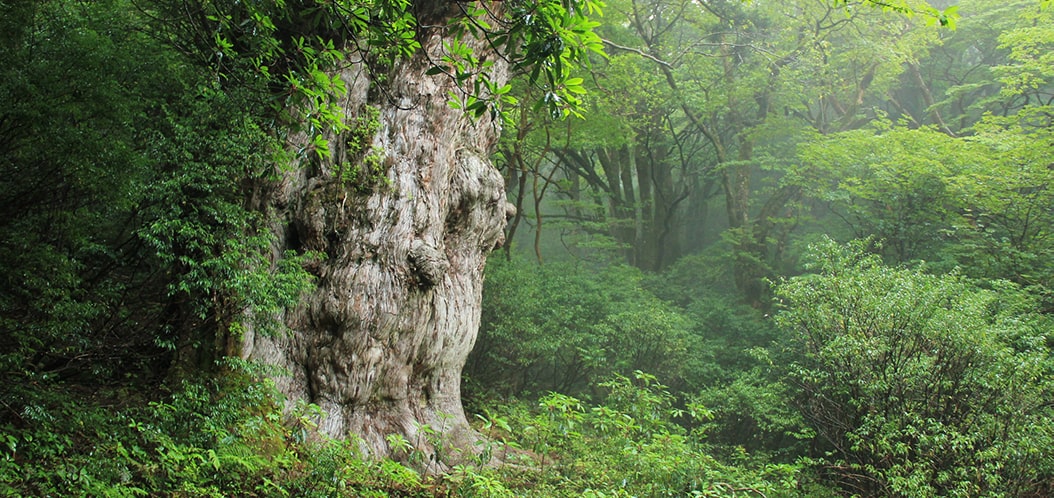
Features of Japanese trees and timber
Japan is long from north to south, and the types of trees that make up the forests vary from each region due to climatic differences.
In Hokkaido, a cold region, “Ezomatsu (spruce)” is common and has long been used locally as a building material and for furniture. Ezomatsu is also used to make piano soundboards, violins, and guitars, as it absorbs the discordant sounds produced by musical instruments to a reasonable degree, allowing only the harmonious sounds to resonate.
Furthermore, the Shirakami Mountains, located in the northwestern part of Japan between Akita and Aomori prefectures, are home to a vast virgin forest of “Buna,” which has mostly escaped the impact of humans and has remained unchanged for 8,000 years. In 1993, this forest was recognized as a World (Natural) Heritage site as it is unique worldwide.
Yakushima in Kagoshima Prefecture, southwest of Japan, is also recognized as a World (Natural) Heritage site for being one of the world’s most precious natural forests, where several thousand-year-old giant “Yakusugi” can be found.
As is evident, many trees and forests in Japan are unique. Among them, we would like to introduce some of Japan’s representative trees and their various uses.
Hinoki
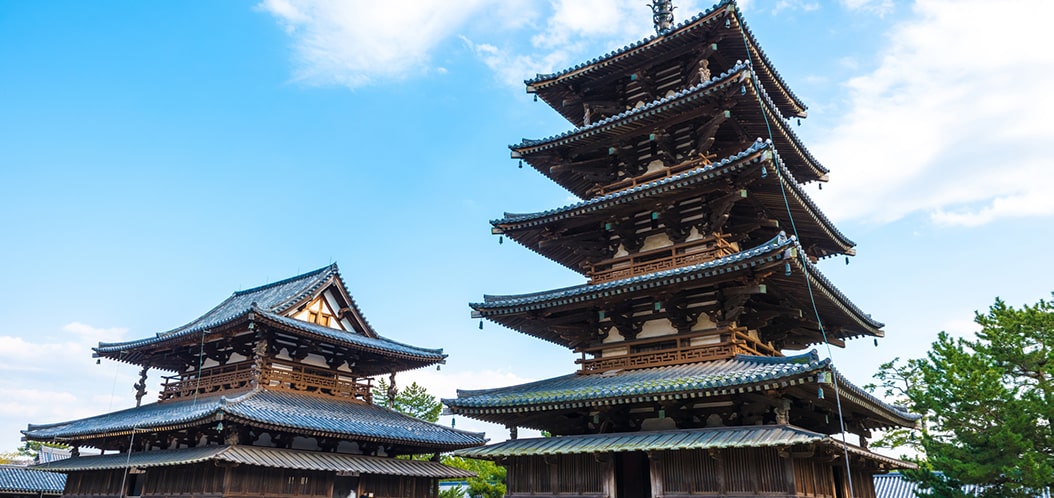
This is an endemic species found only in Japan and parts of Taiwan and is a representative tree of Japan. “Hinoki” is so familiar to the lives of the Japanese that even the oldest Japanese history book, “Nihonshoki (The Chronicles of Japan),” which is said to have been written 1,300 years ago (720 A.D.), describes Hinoki as being suitable material for building palaces. In fact, Horyu-ji Temple, the world’s oldest wooden structure built more than 1,400 years ago, was also built with Hinoki and still retains its original appearance to this day.
Hinoki is a tall coniferous tree that grows vertically to a height of 20 to 30 meters, with the tallest growing up to 50 meters. It is used for building temples, shrines, and houses as it is lightweight, easy to process, white in color, and has a fine grain and luster. It is also suitable as a material for constructing the stages on which “Kabuki (a traditional Japanese form of theater)” and “Noh (classical Japanese dance-drama)” plays are performed.
Hinoki is also used as a material for bathtubs and pails. Its high water and rot resistance are notable characteristics of the wood.
In addition to its high water resistance, it is also well known for its extremely high durability. Hinoki is a building material that gradually increases in strength against bending and compression after harvesting, reaching its peak after approximately 200 years.
Thereupon, it takes roughly 1,000 years for the strength to return to the original level of strength at the time of logging. For such reasons, many buildings, furniture, and furnishing goods made from Hinoki in Japan have a history of more than 1,000 years.
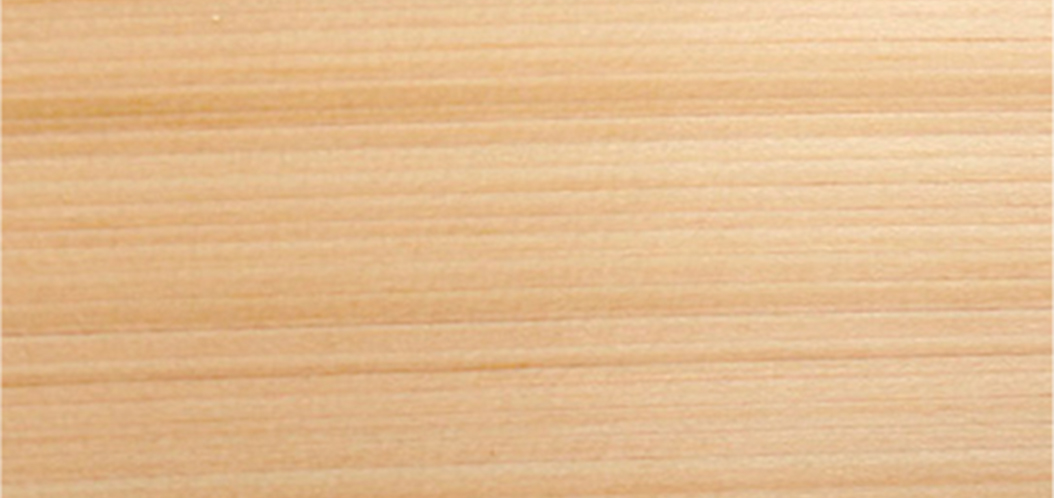
Besides its beautiful appearance, Hinoki has a long-lasting mellow fragrance. This is due to the oil content in the wood, which has a calming and relaxing effect similar to that of a forest bath.
Another component in the oil is the exceedingly effective bactericidal properties, which help to protect against termites and other harmful fungi that can cause tree decay. Recent studies have shown that Hinoki has various other benefits, such as deodorizer, remover of toxic substances, and controlling dust mites. The usefulness of this wood is now recognized not only in Japan but also abroad, and exports from Japan are increasing.
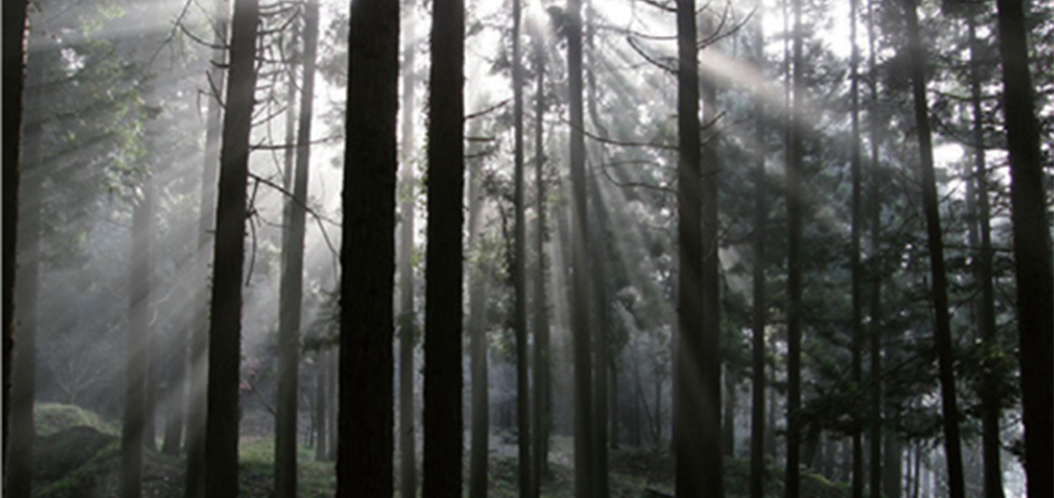
In Japan, Hinoki has long been used as a representative tree of high-grade, high-quality timber. We hope that its use will spread in Japan and throughout the world going forward.
Sugi
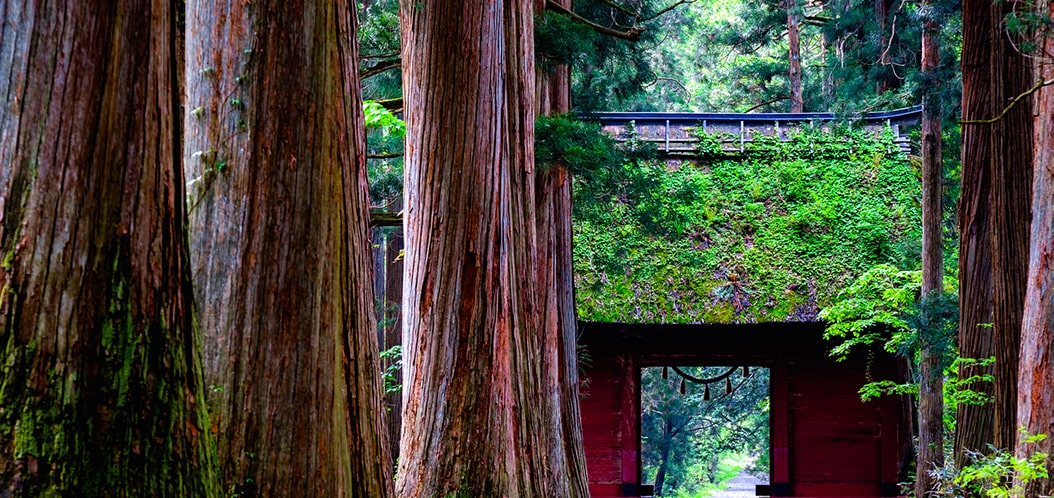
As its scientific name “Cryptomeria japonica” indicates (“japonica,” the Latin term meaning “of Japan”), Sugi is a Japanese endemic species that can generally be found only in Japan.
Fragments of Sugi have even been found in ruins from the late Jomon to Yayoi periods, some 2,000 to 4,000 years ago, indicating that Japanese people at that time used Sugi in their daily lives. Yakushima, which is recognized as a World (Natural) Heritage site, is home to an old Sugi called “Jomonsugi,” which is over 3,000 years old.
Sugi is a tall evergreen coniferous tree and the tallest tree in Japan, reaching a maximum height of 50 to 60 meters. Additionally, as seen in the Sugi growing on Yakushima, it is also one of the oldest trees in Japan.
Since ancient times, Sugi has been systematically planted in Japan and is the tree the Japanese people use most. Its uses are very diverse, including not only as building materials for housing, furniture, carvings, and crafts, but also barrels, pails, boats, and footwear, all of which require water resistance.
Since the Sugi grows straight and vertical, it is easy to process into square timbers and boards; furthermore, it is light and splits cleanly along the grain. For this reason, it is easy to process even without modern woodworking machinery and tools. Many crafts unique to each region using Sugi have been produced throughout Japan.
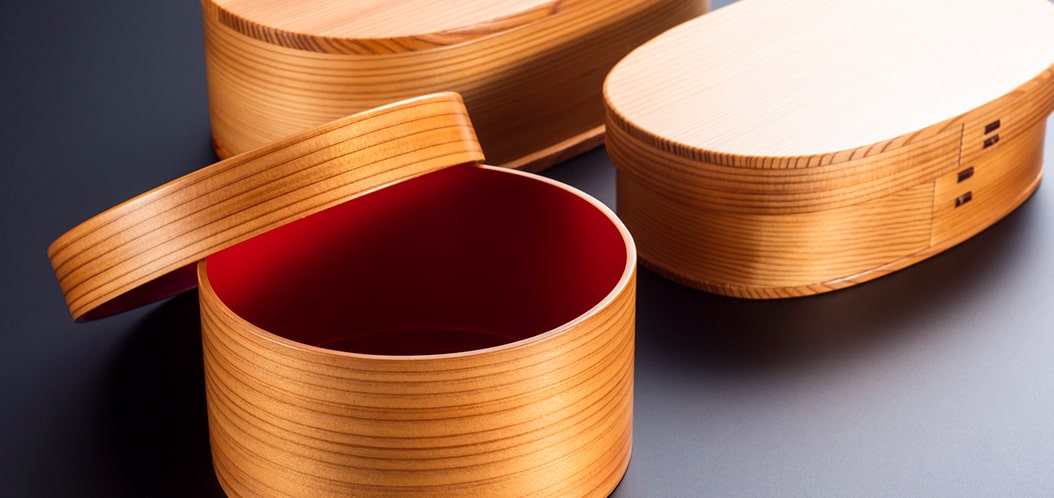
The outside of the wood (sapwood) is white, with dense annual rings and few knots, giving it a pleasing appearance. The oil content of Sugi is aromatic, and recent research has shown that its fragrance has a relaxing and restful sleep effect, similar to that of a forest bath. It has an excellent ability to regulate humidity in the air.
Its beautiful appearance, fragrance, and humidity control properties make it an excellent choice for indoor walls and floor materials. In addition, containers (magemono) made from thinly sliced and bent Sugi are still popular as handicrafts today for their delicate appearance and fragrance.
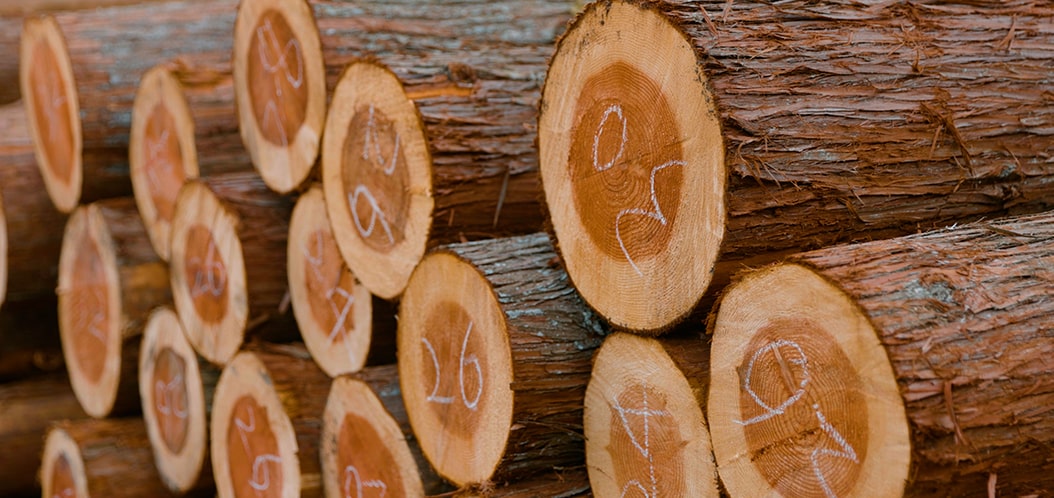
Meanwhile, the inside of the tree (core wood) is characterized by its reddish color. Each time a tree ages, it wears new annual rings on the outside of the tree.
In order to grow taller and thicker during the Sugi growth process, the function of the inner annual rings for long-lived, tall Sugi is stopped. Resin or pigment-containing ingredients rebarbative to wood-decomposing bacteria and termites are poured into the tubes that used to be the pathway for water and nutrients, preventing them from passing through any further. This is why the inside of the wood (core wood) has a reddish color.
Once the core wood of the Sugi is dried, it becomes highly water-resistant and does not easily absorb moisture. It is also resistant to rotting and damage caused by bacteria and mold, as well as to termites and other predators. Hence, it has long been used as a material for exterior walls, barrels, pails, and ships, where water resistance and durability are required.
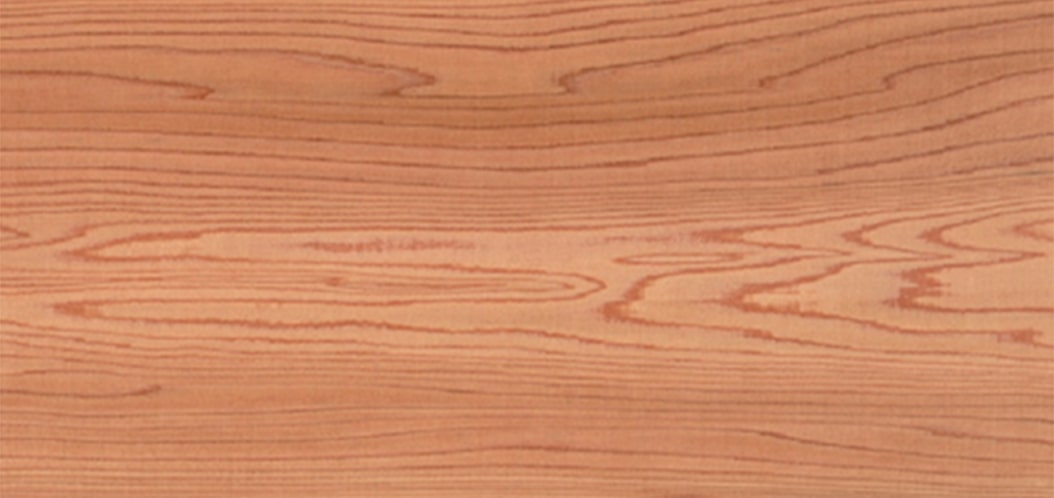
Along with Hinoki, Sugi is also a representative tree of Japan and is the most used and indispensable timber in Japan, where the “wood culture” is deeply rooted. It is gradually gaining recognition worldwide and is expected to be used more often in other countries.
Column
-
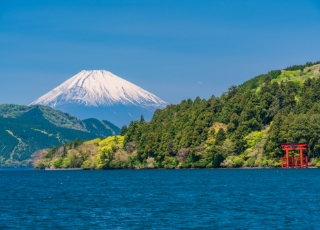
Introduction: Japan’s land and its wood culture
-
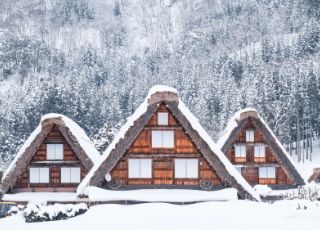
Traditional Japanese wooden homes that can withstand severe climates and earthquakes
-
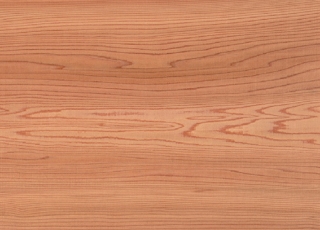
Features of Japanese trees and timber
-

Features of Japanese homes and wooden furniture
-
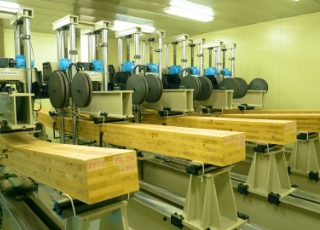
Durability, fire resistance, seismic resistance, and termite-repellent features of Japanese lumber
-
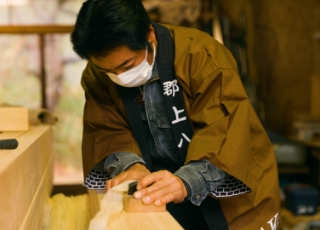
Traditional Japanese woodworking techniques
-
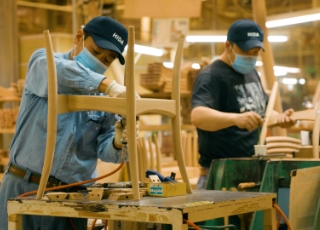
Modern Japanese woodworking techniques

